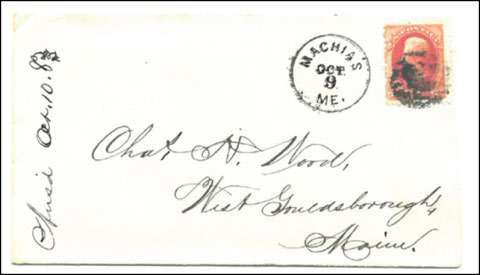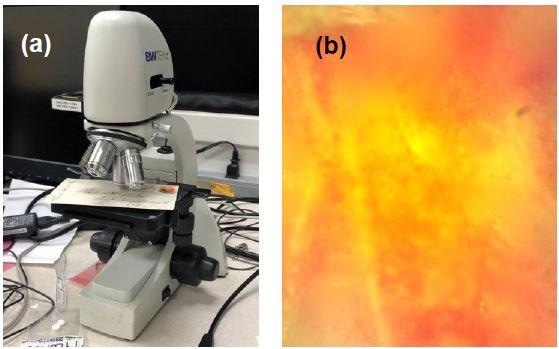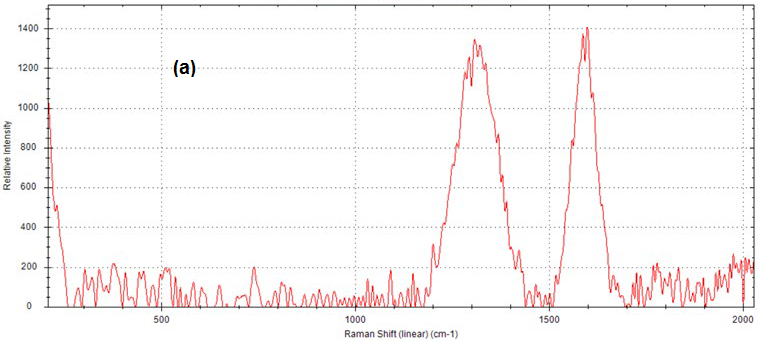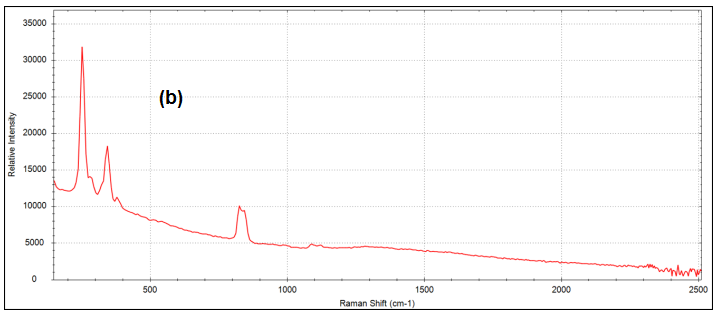Stamps are cultural heritage objects which give an amount of historical information that is invaluable. There is an increase in the amount of counterfeit historical inks; this is because historical stamps can hold a high monetary value as collector’s items. It is crucial that fraudulent stamps are able to be identified and removed from the market.
The following review utilizes portable Raman to identify the colorants which are utilized in stamps on a historical envelope from 1885. The i-Raman EX® is a portable Raman device with a 1064 nm laser. In order to minimize the fluorescence of the ink that is overwhelming with a 785 nm laser, the i-Raman EX is employed in this study.
The Raman video microscope system analyzes small details and the functionality of the low laser power decreased down to 1% stops the sample burning. These features make the i-Raman EX a non-destructive, useful tool for cultural heritage analysis.
Technique
As shown in Fig. 1, an i-Raman EX with a BAC151 Raman video microscope was employed to examine three parts of a historical envelope. The samples were placed on the Raman video microscope stage and moved into focus using a 50x microscope objective, as seen in Fig. 2a.
This objective has a laser beam spot size of 42 μm and a working distance of 3.68 mm. The laser power was set with integration times between 30-60 seconds and between 3%-5% of the maximum laser power (~9.9-16.5 mW).
Dark scans of equal integration times were captured and taken away from the measurements. The spectra that were gathered in BWSpec® software were explored using BioRad’s KnowItAll software. This software possesses a robust spectral library, perfect for identification purposes.

Figure 1. Historical envelope with three unknown ink areas. Image Credit: B&W Tek

Figure 2. (a) Ink samples on the Raman video microscope stage and (b) image of area 2 red ink at 50x magnification. Image Credit: B&W Tek
Results
The image from sample area 2 captured with the 50x objective can be seen in Figure 2b. The i-Raman EX with a Raman video microscope system recognized distinguishing peaks for the three unknown historical ink samples.
The Raman spectrum acquired from area 1 is shown in Figure 3a. For the D and G bands, the broad peaks at ~1300 cm-1 and 1590 cm-1 are consistent respectively of carbon black ink. Spectra, which were gathered from area 3, are also consistent with carbon black ink.
The spectrum gathered from the ink of area 2 is shown in Figure 3b and the weak, broad peak at ~838 cm-1 is consistent with chrome yellow, a yellow pigment made of lead (II) chromate. The sharp peaks at 252 cm-1 and 344 cm-1 are consistent with the Raman signal of a bright red pigment made of mineral containing mercury sulfide, known as vermilion.
The slightly more orange hue of the stamp than would be expected from only vermilion could be to do with the presence of chrome yellow with the red vermilion. BioRad’s KnowItAll software was used to confirm the results.
For each spectrum, the software calculates a hit quality index (HQI), which represents the correlation of a library spectrum to the sample spectrum. A perfect match is an HQI of 100. The software’s results of the unknown samples are shown in Table 1.
The results were as follows:
- The area 1 spectrum matches to carbon black with an HQI of 93.14
- The area 2 spectrum matches vermilion red with an HQI of 97.05 and chrome yellow was identified in a subsequent mixture analysis
- The area 3 spectrum also matches to carbon black with an HQI of 98.29


Figure 3. (a) Spectrum collected from area 1 consistent with carbon black (background corrected); (b) Spectrum collected from area 2 consistent with vermilion and chrome yellow. Image Credit: B&W Tek
Table 1. BioRad result of historical ink samples. Source: B&W Tek
| Sample |
BioRad result |
HQI |
 |
Carbon black |
93.14 |
 |
Vermilion
(w/chrome yellow) |
97.05 |
Black ink over red stamp
 |
Carbon black |
98.29 |
Conclusion
The i-Raman EX is the ideal portable Raman device to maintain sample integrity of valuable documents while minimizing fluorescence. In this study, the i-Raman EX produced distinguishing peaks for inks on a historical envelope. The unknown sample spectra were identified by utilizing BioRad’s KnowItAll Software.
Acknowledgments
Produced from materials originally authored by Vanessa Mayle, Christopher Kautz and Kristen Frano from B&W Tek, LLC.

This information has been sourced, reviewed and adapted from materials provided by B&W Tek.
For more information on this source, please visit B&W Tek.